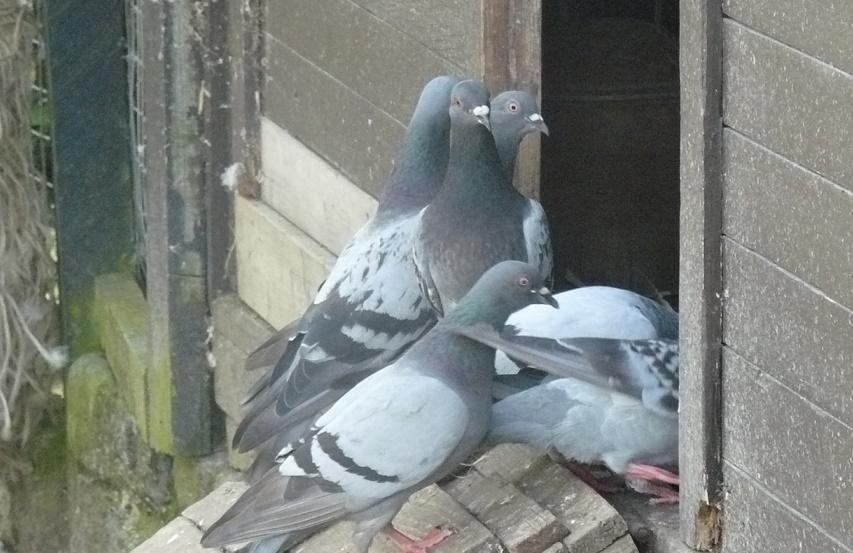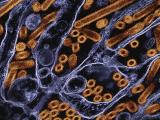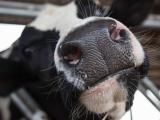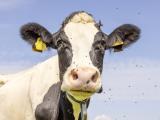In several new avian flu developments, Macedonia today reported its first highly pathogenic H5N8 outbreak, as France reported a recurrence of H5N9 and other strains implicated in outbreaks last year.
In addition, as several European countries reported more H5N8 outbreaks, German officials reported what early tests suggest is a new highly pathogenic H5N2 detected in wild birds, and Greece became the latest European country to report the highly pathogenic H5N5 strain.
H5N8 in Macedonia, other European countries
Macedonia's first H5N8 detection occurred in backyard birds near Struga in the southwestern part of the country, according to a report from the agriculture ministry to the World Organization for Animal Health (OIE). The outbreak began Jan 20, killing 3 of 438 birds.
Besides culling, authorities have also ordered movement controls and the placement of surveillance and protective zones around the farm.
Meanwhile, five other European countries reported additional H5N8 outbreaks:
- Croatia reported one more H5N8 outbreak in wild birds, this time involving a mute swan found dead on Jan 23 on Lake Bundek in Zagreb.
- Czech Republic officials confirmed two more events involving poultry, one in backyard birds and the other at a farm, killing 172 of 6,557 birds at the locations: fattening ducks, guinea fowl, hens, geese, pheasants, and pigeons. The country also reported four more H5N8 detections in wild birds, all mute swans found dead from Jan 24 to Jan 26 in forest areas of three different regions.
- France reported four more detections in wild birds (a pigeon, a mute swan, a kestrel, and a buzzard) that were found dead from Jan 7 to Jan 21 in three different departments: Pyrenees-Atlantiques, Loire-Atlantique, and Gers. French officials also reported 18 more poultry farm outbreaks in four departments, all in the southwest: Gers, Landes, Hautes-Pyrenees, and Pyrenees-Atlantiques.
- Greek officials detailed two more poultry outbreaks, both involving backyard birds, one in Peloponnese region in the south and one in Eastern Macedonia and Thrace region in the northeast. The outbreaks began on Jan 23 and Jan 24, respectively, killing 73 of 131 birds.
- Sweden reported a new event involving backyard birds on an island in the Stockholm archipelago. The virus killed 4 of 32 birds, and authorities culled the remaining ones.
In other H5N8 developments, Uganda's agriculture ministry has confirmed that H5N8 was involved in a recent H5 outbreak in wild birds and ducks on the shores and islands of Lake Victoria in Makasa and Wakiso districts, according to a new update from the OIE.
Three strains in France
France today reported new outbreaks involving a trio of low-pathogenic strains that struck farms last winter in the southwestern part of the country, home to foie gras production: low-pathogenic H5N9, H5N2, and H5N1. The new detections come at a time when France, like most of its neighbors in Europe, is also battling H5N8.
Authorities on Jan 12 detected H5N9 at a farm in Gers department housing 7,880 birds that were apparently already targeted for culling, an OIE report said.
A separate OIE report said low-pathogenic H5N2 virus was found during sampling on Jan 18 as part of a release of pheasants and mallards at a farm housing 9,050 birds in Val-D'Oise department in north central France. The birds were culled to control the spread of the virus.
Sampling as part of surveillance also detected low-pathogenic H5N1 again, this time in ducks from a farm in Landes department in the southwest that were tested on Jan 16. Authorities also found the virus in sampling done as part of a culling operations at a farm housing 1,597 birds, also in Landes department.
H5N2 in Germany, H5N5 in Greece
In Germany, government officials in Baden-Wurttemberg state in the country's southwest today said that initial tests revealed highly pathogenic H5N2 in three wild birds—a buzzard, a mute swan, and a quail—found in two different locations. According to a statement translated and posted by Avian Flu Diary, an infectious disease news blog, the tests were done by the Friedrich Loeffler Institute, which said the H5N2 strain may be a new H5N8 reassortant.
Elsewhere, Greece became the seventh country in Europe to report highly pathogenic H5N5, alongside Slovenia, Germany, Italy, the Netherlands, Croatia, and Montenegro, according to a Jan 27 OIE report. Tests on a mute swan found dead on Jan 16 at a nature park in Eastern Macedonia and Thrace region were positive for the virus.
See also:
Jan 30 OIE report on H5N8 in Macedonia
Jan 27 OIE report on H5N8 in Uganda
Jan 27 OIE report on H5N9 in France
Jan 27 OIE report on H5N2 in France
Jan 27 OIE report on H5N1 in France
Jan 30 AFD post on H5N2 in Germany
Jan 27 OIE report on H5N5 in Greece





















